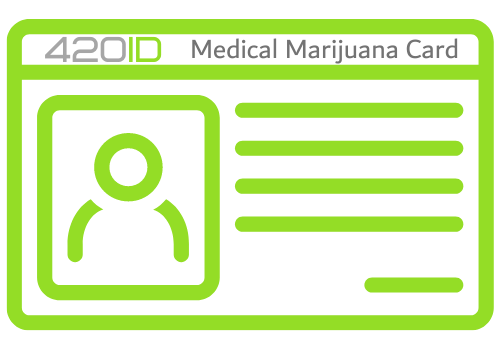Medical Marijuana in Missouri
It's not surprising that marijuana usage has risen dramatically in the past decade. With more people saying they support legalization, the public's perception of marijuana has changed. The legalization of marijuana for recreational use is in effect in four states, the District of Columbia and 31 other states. There is not much information about medical marijuana in missouri.
The almost doubling in marijuana use among people aged 18 or older in the past year and the associated increase in marijuana-related diseases were barely covered by the media.
The Idea isn’t New:
Some people are familiar with the idea of legalizing cannabis. There are already 22 states that have legalized marijuana for medical purposes in America. More are joining them each day. It has had a tremendous impact, especially on young patients with epilepsy and cancer. They are able to live their lives without having to worry about what happens if their medication runs out. Many families find themselves financially strapped if they require more than one type of medication (e.g. diet pills). It can be difficult to know where to begin your research if you are interested, but it is necessary. All that could change depends on how far-reaching federal legislation permits.
The rate of marijuana addiction is stable - roughly one-third of all marijuana users have had a marijuana use disorder within the past year - the total number of Americans suffering from marijuana addiction has increased dramatically.
It is alarming that over 60% of Americans have substance use disorders that are not caused by alcohol. This means that marijuana is more addictive than any other drug, such as heroin, cocaine, and methamphetamine.
Colorado's and Washington's licensed marijuana shops sell innovative marijuana products that have record-breaking THC potency. All ages are attracted to the attractive forms of marijuana available, especially those younger than 21. These include edibles like cookies, candies, and soda, as well as discreet vaporizer pens that use hash oil. Legal marijuana producers are enthusiastically welcoming these new trends in marijuana product design. They encourage more users and more intense marijuana use.
Despite state legalization, there is still a strong illegal marijuana market. State regulators have two choices. They can either ban the most potent (and most attractive) marijuana products and force the legal market to return to lower THC levels or accept the evolution of marijuana products to be more potent and appealing, despite the significant health risks. The underground market will profit from the desire of marijuana users to consume more potent products. If tighter laws are not implemented, they will continue to profit. If state governments allow the market to decide, there will not be any limit on the legal potency of illegally sold marijuana products.
It doesn't comply with any restrictions regarding growing or selling marijuana, and it does not pay tax on profits or sales. This allows the illegal cannabis industry to thrive in competition with the legal market, delivering lower-priced products. It is not surprising that much of the illegal marijuana produced in legalized states is taken from the legal supply. In response to the drop in marijuana demand, it is concerning that Mexican gangs are increasing the production of heroin, which is more lucrative.
The prohibition of alcohol was lifted in 1933 and bootleg alcohol began to disappear slowly, but steadily. People who support the legalization of drugs believe the same thing will happen to the drug market. They think legalizing drugs will eliminate the illegal market and all its negative aspects, such as violence or corruption. This is risky hopeful thinking, as the first experience with legalizing marijuana shows. Why doesn't marijuana legalization work as well for alcohol as it did 80 years ago? The obvious reason is that there are very few similarities between the bootleg alcohol market that existed under prohibition and modern drug trafficking organizations. Today's illegal drug production and distribution infrastructure is sophisticated, well-connected, and highly connected. Drug traffickers can adapt quickly to changes in the market, even when they are competing with legitimate drugs.
It is not a good idea to make a deal with the devil and legalize marijuana or any other drug. The brain benefits of all illegal and legal substances, including marijuana, are immense. Users will pay high prices and suffer severe consequences for using them. Although marijuana users can't tell the difference between legal and illegal, their brains prefer higher-intensity drugs, just as with other narcotics. Both criminal and legal drug providers are eager to provide users with the medication they need.
The current problem in drug policy is to identify better ways to minimize drug usage using cost-effective and modern-values-compatible strategies. Legalization increases drug use, so it fails this test. Most of the drug-related expenditures are due to drug usage, not efforts to reduce it. It is difficult to imagine a drug user that would be able to benefit from cheaper drugs. It all comes down to the supply. More demand equals more supply. Legalizing drugs increases the supply of drugs while decreasing opposition from society.
The country needs to be prepared for the negative consequences of marijuana use, which will be fueled both by the criminal and legal marijuana markets on public safety and health.

